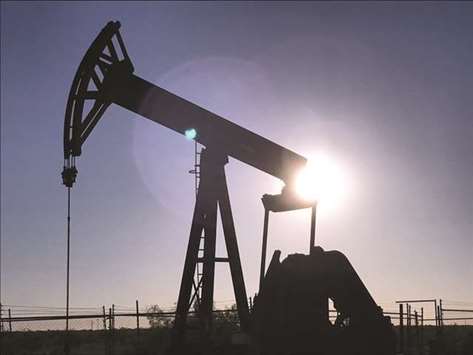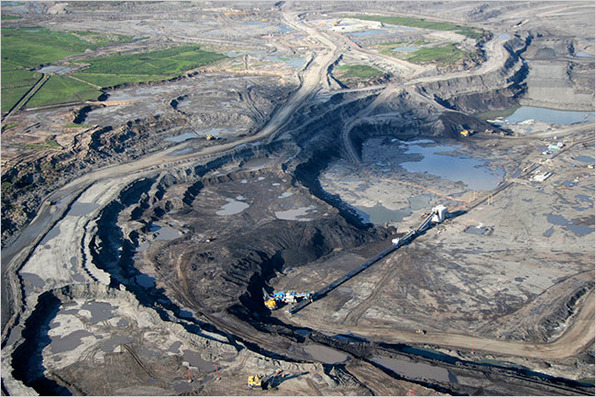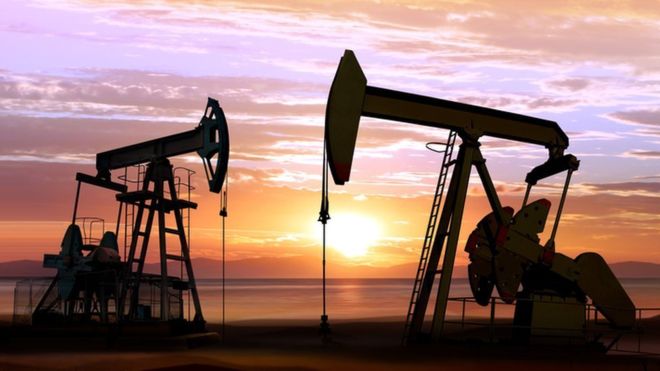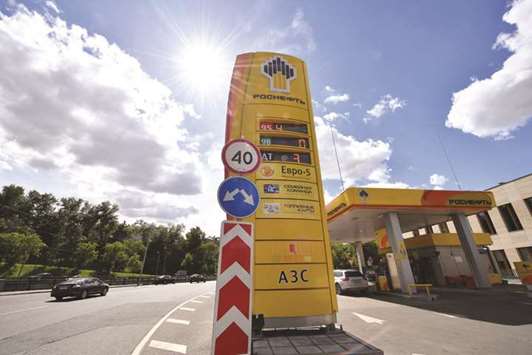QP wins exploration rights for offshore block in Brazil with ExxonMobil
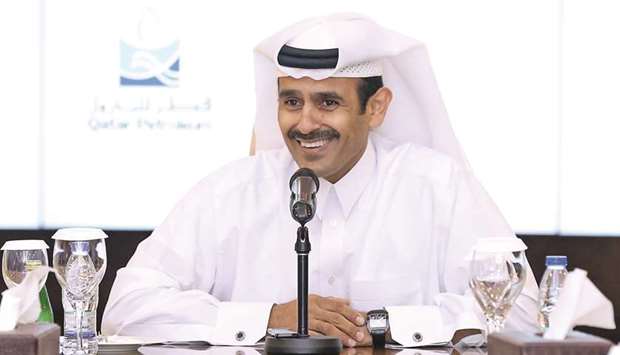
Qatar Petroleum (QP), the country’s hydrocarbon bellwether, has won exploration rights for an offshore block in Brazil, in partnership with ExxonMobil.
The Qatari entity won the exploration rights for the Tita block as part of a consortium with its long-term partner ExxonMobil, who will be the operator with a 64% participating interest, while QP will hold the remaining 36% interest.
The winning bid was announced by Brazil’s National Agency of Petroleum, Natural Gas, and Biofuels (ANP) at a public bidding session held yesterday in Rio de Janeiro. Competing bids were submitted to the ANP and the winners were announced at the public session.
The exploration blocks were offered as part of the Brazil Exploration PSC5 Bid Round, which covered four blocks in the prolific Santos/Campos basins.
The relevant legal agreements, including the concession agreements, are expected to be signed between the Brazilian authorities and the consortium members by the end of this year.
“This is QP’s third success in Brazil in less than a year, which expands our footprint in one of the most prospective basins in the world. This winning bid constitutes another milestone on the road of achieving our strategy of creating a large scale, value-adding international portfolio, while pursuing Latin America as an important core area for QP,” its president and chief executive Saad Sheirda al-Kaabi said.
This is the third winning bid by QP in Brazil. In October 2017, and as part of Brazil’s PSC3round, QP was part of a winning consortium with Shell and China National Offshore Oil Corporation for exploration in the Alto de Cabo Frio-Oeste block in the Santos basin.
Again in March this year, QP was part of two consortia winning four blocks in the 15th concession bidding round in Brazil; two blocks with Petrobras and ExxonMobil in the Campos Basin and two blocks with ExxonMobil in the Santos basin.
